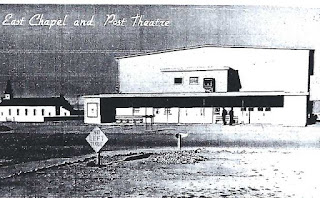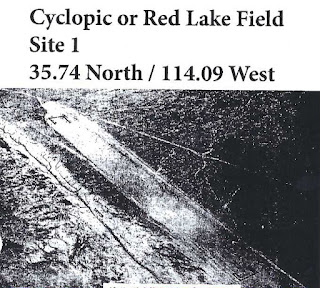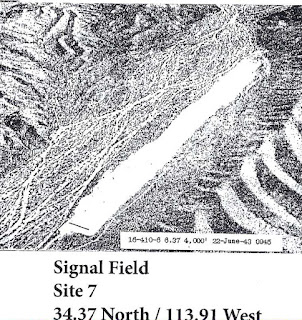The Lunch Tree by Irene Cornwall Cofer, Mohave Pioneers Historical Society Inc., Kingman AZ, Drawings by Roy Purcell, 1969. Available at Kingman Library. Mostly this is a primary source work as Cofer describes her life and experiences.
Irene Cornwall was born, and mostly raised in the Sandy River area, close to present day Wickieup. She presents stories form her own life, as well as articles dealing with the lives of those around her. As a young girl her mother passed away and they moved to Kingman for a couple of years where her father was Mohave County Treasurer.
She provides a story of meeting a woman from the Red Light district in Kingman--which was located at first and Beale at the time and later had to be relocated as it was too close to the school. It was known as the Rabbit Patch and Black Jack ruled as queen. On one occasion the author thinks she met Black Jack. The lad she met called her "Baby." She was eight at the time.
She also describes going past the slaughter house after crossing under the railroad bridge. There were cattle ranging close by to the slaughter house. This and other things I have read makes me think slaughter house canyon us named for the meat packing plant, and not for a moaning woman ghost who murdered her children.
She described the wagon trip from Kingman to the Sandy River area. The route followed the west side of the Hualapai Mountains and cut over to the Sandy Valley through Signal which was a larger town then and had a mining mill. There were several stops along this route and they would stay with different people along the way enjoying their hospitality. The "Lunch Tree" was one such stop.
This book is a good genealogy source if you have relatives who lived in the area, especially the Wickieup area. She also gives information on people who lived in Signal, Hackberry and Kingman. She provides a good description of their home life after they returned to The Big Sandy farm and ranch after living in Kingman a couple years. She and her older sister took over the household chores which often included serving others who came to collect mail as the ran the post office and if people came at dinner time they would expect to be fed. Traveling was harder in those days, and farms were far apart.































